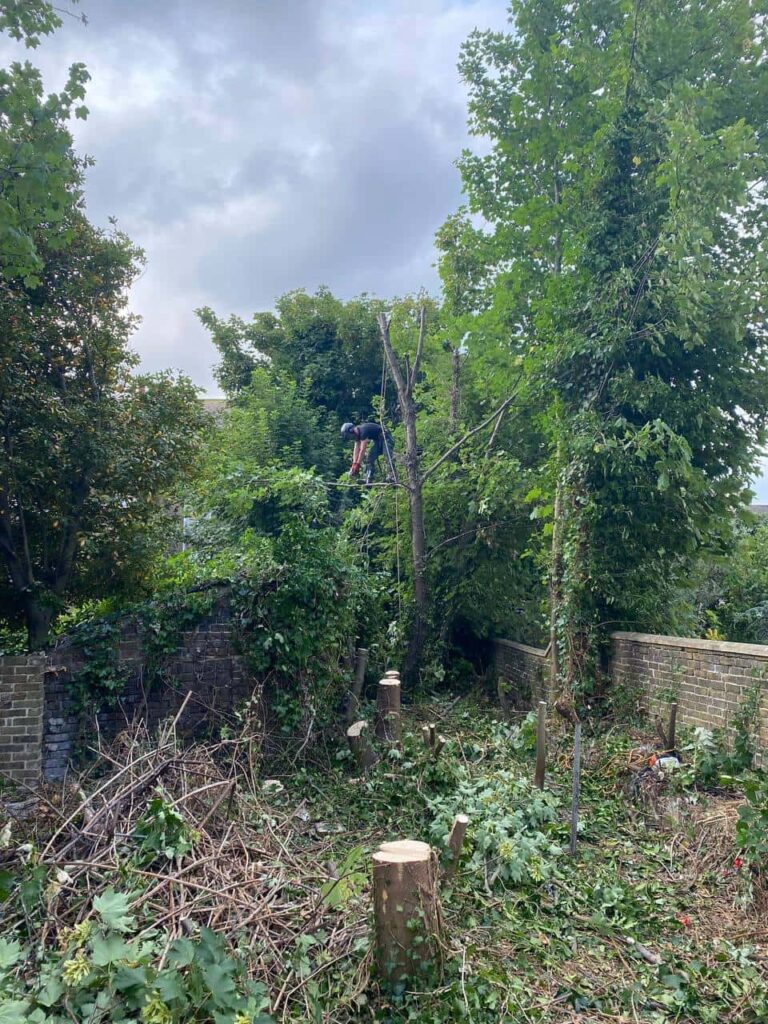The Art of Hedge Cutting: Maintaining Healthy Plants and Shrubs
Introduction: Hedges are more than just green boundaries; they’re living elements of your landscape that require care and attention to thrive. Hedge cutting is a crucial aspect of hedge maintenance, not only for aesthetic reasons but also for the health and vitality of the plants and shrubs. In this blog post, we’ll delve into the importance of hedge-cutting for maintaining healthy plants and shrubs and share tips on how to do it effectively.
Promoting Growth and Density:
- Regular hedge cutting is essential for promoting healthy growth and maintaining the desired density of the hedge. Trimming the hedge regularly encourages lateral branching and new growth, resulting in a denser and more robust hedge. This enhances the hedge’s visual appeal and improves its ability to provide privacy, windbreak, and habitat for wildlife.
Preventing Disease and Pest Infestations:
- Overgrown or neglected hedges are more susceptible to disease and pest infestations. Dead or decaying branches provide an entry point for pathogens and pests, compromising the health of the entire hedge. Regular hedge cutting helps promptly identify and remove diseased or damaged branches, reducing the risk of spreading disease and pest infestations. Additionally, proper pruning techniques promote air circulation and sunlight penetration, creating an inhospitable environment for pests and diseases.
Maintaining Shape and Structure:
- Hedge cutting plays a crucial role in maintaining the shape and structure of the hedge. Trimming the hedge regularly prevents it from becoming unruly or overgrown, ensuring it retains its desired height, width, and form. This enhances the hedge’s appearance and prevents it from encroaching on neighbouring plants or structures. Properly maintained hedges contribute to a neat and well-manicured landscape, enhancing the overall curb appeal of your property.
Stimulating Flowering and Fruiting:
- Proper pruning is essential for flowering or fruiting hedges to stimulate flower and fruit production. Pruning encourages the development of new growth and flowering buds, resulting in a more abundant and vibrant display of flowers or fruits. By timing hedge cutting appropriately, you can maximise the flowering or fruiting potential of the hedge, adding seasonal interest and biodiversity to your landscape.
Minimising Stress and Damage:
- Improper hedge-cutting techniques, such as over-pruning or cutting at the wrong time of year, can stress the plants and cause long-term damage. To minimise stress and promote healthy growth, it’s important to use sharp, clean pruning tools and follow the best hedge-cutting practices. Avoid cutting into old wood or removing more than one-third of the hedge’s foliage at a time, as this can weaken the plants and inhibit regrowth.
Conclusion: Hedge cutting is a vital aspect of hedge maintenance, essential for promoting healthy growth, preventing disease and pest infestations, maintaining shape and structure, stimulating flowering and fruiting, and minimising stress and damage to the plants. By incorporating regular hedge cutting into your landscape maintenance routine and following proper pruning techniques, you can ensure that your hedges remain healthy, vibrant, and beautiful for years. For professional assistance with hedge cutting and maintenance, consult experienced tree surgeons like Attleborough Tree Surgeons, who can provide expert guidance and care for your hedges.
Call us on: 01953 667 637
Click here to find out more about Attleborough Tree Surgeons
Click here to complete our contact form and see how we can help with your tree’s needs.

